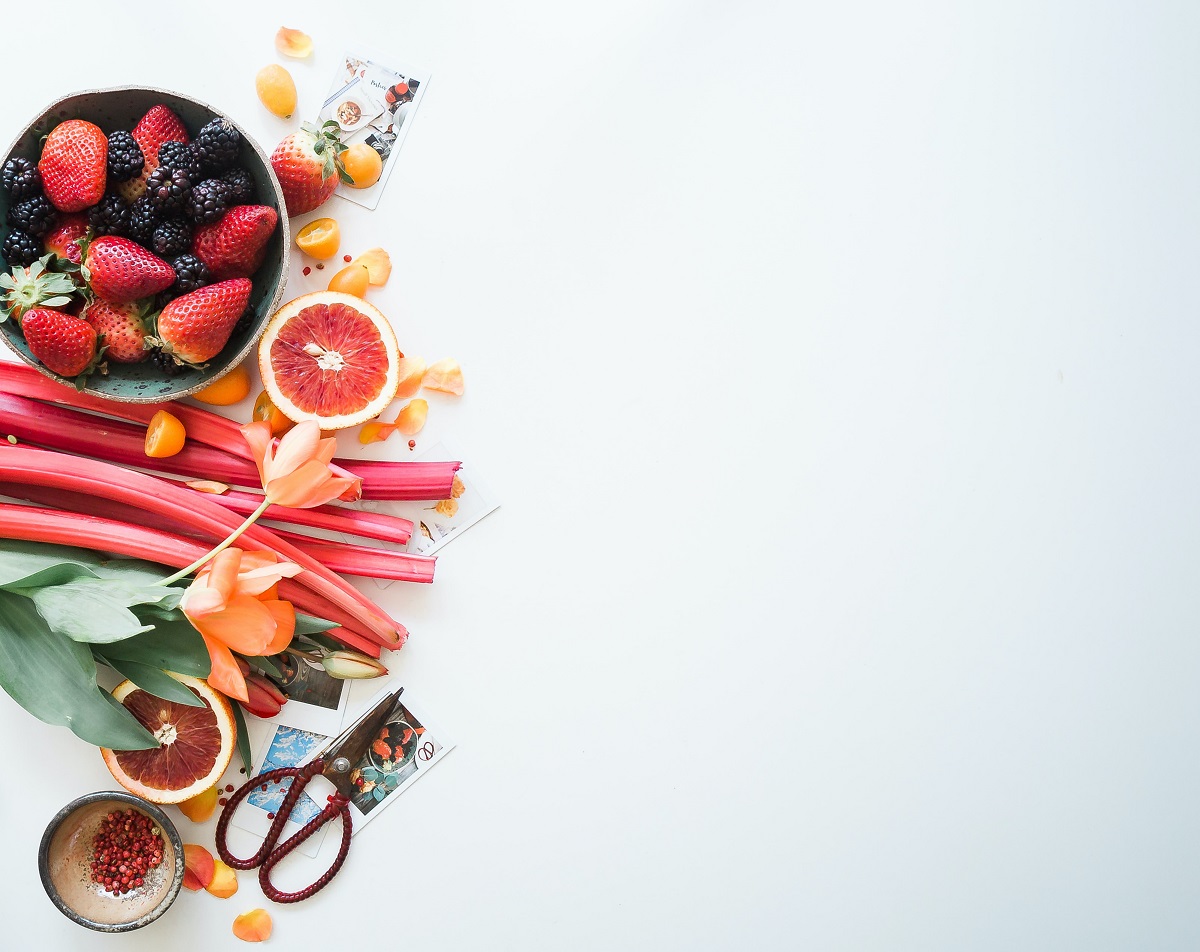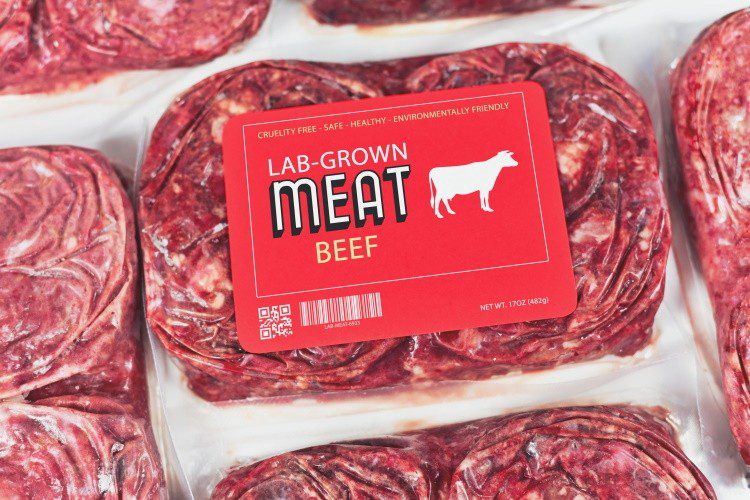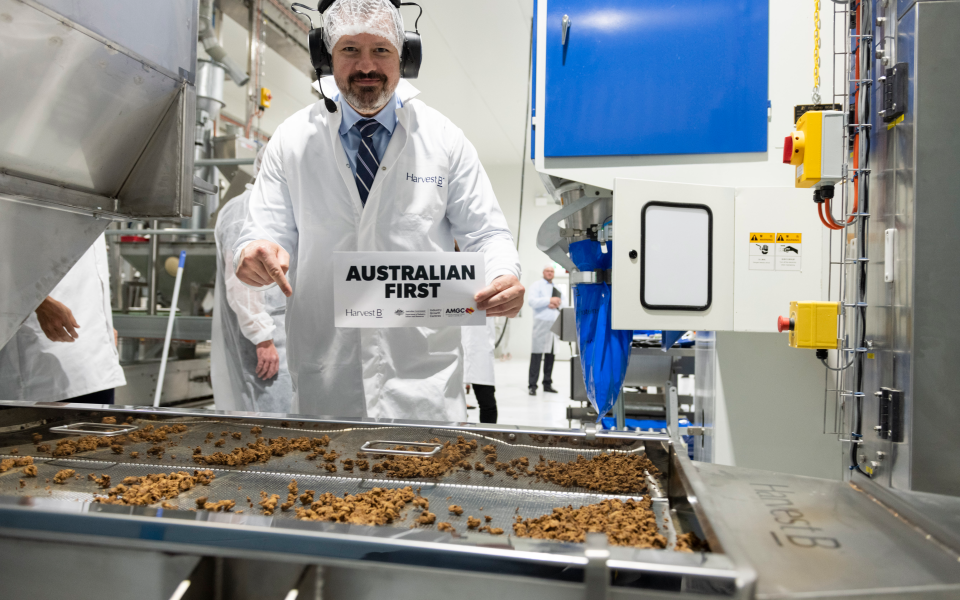Would you eat food that has been grown in a lab? Grasshopper gratin, anyone? How we eat is changing and, frankly, it needs to. We reveal what might be in your shopping trolley soon.
In the 2014 sci-fi film, Interstellar, Matthew McConaughey plays the role of an astronaut tasked with finding a new world for the human race because earth has become uninhabitable.
The land is arid and crops have been ravaged. Spoiler alert: McConaughey eventually saves the day, but at great risk and personal sacrifice. I mean, he hurtles through wormholes.
But the whole palaver could have been avoided if they had just made some changes to the way they ate.
Like what you see? Sign up to our bodyandsoul.com.au newsletter for more stories like this.
Here on earth in real life, we have many mouths to feed. The global population of eight billion people will grow to 9.8 billion by 2050.

“An inescapable fact we face going into the next few decades is that there isn’t enough arable land or fresh water on the planet for everybody in the world today to eat the way we do in Australia,” says food futurist, scientist and consultant, Tony Hunter.
That might sound dystopian, but Hunter is optimistic. “There are many new technologies and options coming up to enable us to sustainably, healthily and equitably feed everybody on the planet. It’s the most exciting time for the food industry in over 30 years.”
With only one per cent of its land available for agriculture, Singapore is leading the charge. The urban oasis has approved the sale of game-changing foods such as meat grown in labs and protein powders made literally from thin air.
In Australia, scientists are future-proofing crops and making insects edible. Food is changing.
“In 2033, there will be food on the supermarket shelf that doesn’t exist today, and it will be as nutritious and flavoursome as anything we see now,” says Hunter. And we won’t need a Southern-accented spaceman to save us. Not that we’d complain if he did.
1. Cultivated meat and fish
Different to plant-based alternatives, cultivated meat is animal produce grown in a ‘bioreactor’ (apparatus used for biochemical reactions, such as fermentation) rather than coming from a cow, sow or ewe.

2. Edible insects
Eating bugs might seem wacky, but according to the United Nations, it’s nothing new – two billion people consume insects globally today. But large-scale farming of nutritious, environmentally friendly insects could help solve food insecurity as the world’s population grows apace.

3. Gene-edited produce
Using gene-editing technology, such as clustered regularly interspaced short palindromic repeats (CRISPR), food scientists can modify the DNA of a crop to make it more healthy, high-yielding and resilient to disease and the changing climate.

4. 3D-printed food and drink
On the menu at some Marco Pierre White restaurants in the UK is plant-based faux steak with the same taste and texture (‘mouth feel’) as a real whole cut. While cultivated meat is actual meat grown from cells, this version is made with 3D printers by Israeli start-up, Redefine Meat, and mimics beef that ‘pulls apart’.

5. Food made from air
Using modern-day sorcery, Finnish company Solar Foods has created a protein source literally out of thin air. It’s a turmeric-coloured powder called Solein that’s not plant or animal, but is made of microorganisms which are fed with carbon dioxide, hydrogen and oxygen.

** Click here to read the full-text **








